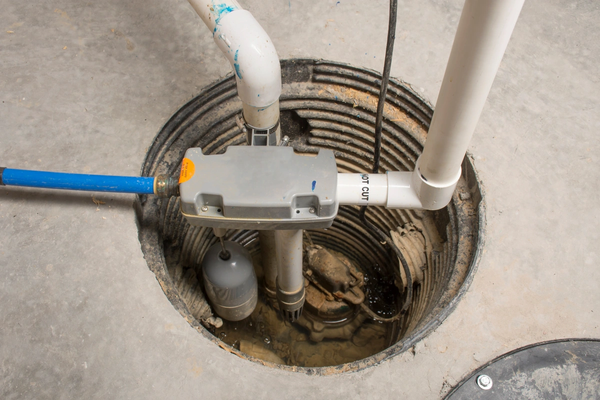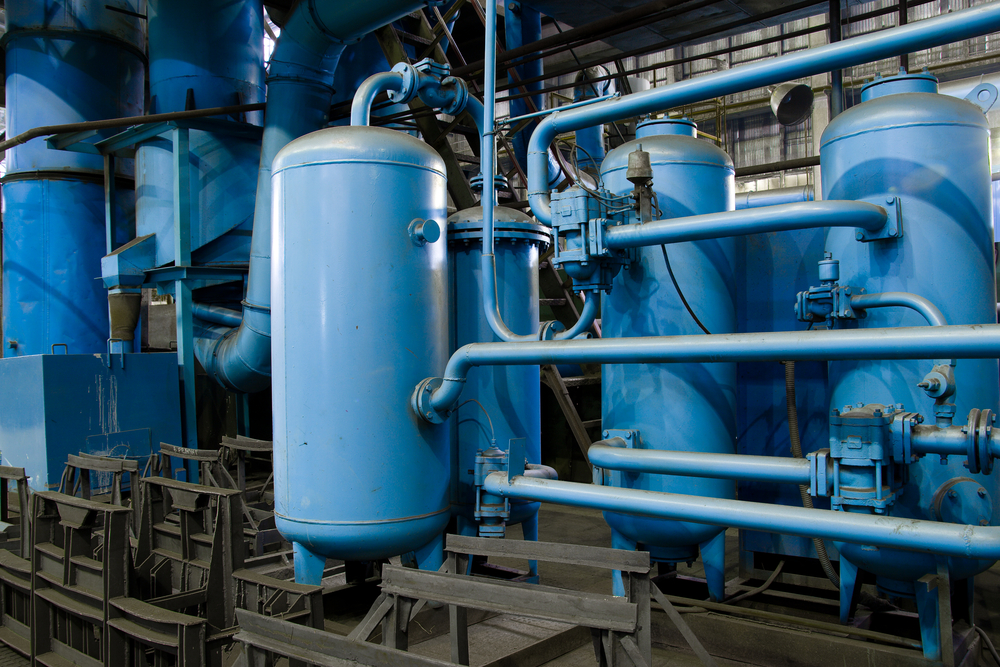Easy Measures to Enhance Low Water Pressure in Your Home
Easy Measures to Enhance Low Water Pressure in Your Home
Blog Article
Each person is bound to have their unique rationale on the subject of Low Water Pressure in the House?.

Low tide stress in your house can be a discouraging issue, affecting everything from bathing to cleaning recipes. If you're experiencing weak water flow, there are numerous possible causes and solutions to discover. In this guide, we'll discuss common factors for low tide pressure and useful actions to address the problem successfully.
Intro to Low Tide Stress
Low water stress occurs when the circulation of water from your faucets, showers, and other fixtures is weak than typical. This can make daily jobs a lot more challenging and less reliable. Understanding the root causes of low tide stress is important to locating the appropriate solution.
Common Sources Of Low Water Stress
Faulty Pressure Regulatory Authorities
Pressure regulatory authorities are in charge of preserving constant water stress in your home. If they malfunction, it can lead to low water pressure or unequal flow throughout your house.
Metropolitan Supply Of Water Issues
Sometimes, the trouble exists outside your home. Community water system problems, such as main line leakages or maintenance work, can momentarily minimize water stress in your location.
Pipeline Obstructions
Gradually, pipes can end up being obstructed with natural resource, debris, or debris, restricting the circulation of water. This is an usual problem in older homes with galvanized steel pipelines.
Deterioration
Rust within pipes can bring about leakages and decreased water pressure. Rust buildup can constrict water circulation, particularly in aging plumbing systems.
Exactly How to Identify Low Tide Pressure
Checking Pipes
Evaluate visible pipelines for indications of leaks, deterioration, or clogs. Take note of any unusual noises, such as knocking or rattling pipelines, which can suggest issues within the plumbing system.
Consulting with a Plumber
If you're not able to determine the source of low tide pressure, consider employing an expert plumber to perform a thorough evaluation. They can identify underlying issues and advise appropriate services.
Inspecting Taps and Fixtures
Start by evaluating the water pressure at different faucets and components throughout your home. If the issue is isolated to specific areas, it might indicate local problems.
Do It Yourself Solutions to Fix Low Water Pressure
Flushing Water Heater
Debris accumulation in the hot water heater can restrict flow and lower effectiveness. Purging the container regularly helps remove debris and maintain optimum efficiency.
Inspecting Stress Regulator
Make sure that the stress regulatory authority is functioning correctly. Changing or changing the regulator can aid restore appropriate water pressure throughout your home.
Cleaning Aerators and Showerheads
Natural resources can accumulate in aerators and showerheads, lowering water circulation. Get rid of and cleanse these elements routinely to improve water stress.
Clearing Clogs in Piping
For small obstructions, try utilizing a plumbing serpent or chemical drainpipe cleaner to clear obstructions in pipes. Beware when utilizing chemicals and follow safety and security guidelines.
When to Call a Professional Plumber
If do it yourself efforts fall short to deal with the concern or if you think significant plumbing troubles, it's best to look for help from a qualified plumber. They have the expertise and devices to resolve complex concerns safely and properly.
Preventive Measures to Keep Water Stress
Installing a Pressure Booster
Think about setting up a stress booster pump to enhance water stress in areas with regularly low flow. This can be particularly useful for multi-story homes or homes with high-demand components.
Surveillance Water Usage
Be mindful of water use practices and prevent ill-using the plumbing system. Easy changes, such as incredible showers and washing lots, can assist preserve sufficient water pressure.
Regular Upkeep
Schedule routine maintenance for your plumbing system to avoid concerns such as rust, leakages, and obstructions. Resolving small troubles early can aid stay clear of more considerable repair services later on.
Conclusion
Managing low tide stress can be irritating, yet identifying the underlying reasons and executing ideal options can recover optimal circulation throughout your home. Whether it's cleansing aerators, examining pipes, or seeking advice from a plumber, taking aggressive steps can ensure a stable supply of water for your everyday demands.
FOUR WAYS TO FIX LOW WATER PRESSURE NOW
Turning on a shower or faucet only to find the water comes out in a sad, slow drizzle is never a good feeling. How exactly are you supposed to wash a pan or take a quick shower when it takes 10 minutes just to rinse off a little soap? The good news is that when your water pressure is bad, there's always a cause: typically one that can be easily fixed. Here are some of the most common causes of low pressure and what you can do to fix the issue:
DEBRIS AND MINERAL DEPOSIT BUILDUPS
If you notice low water pressure from just one or two of the fixtures in your house, the problem likely has to do with debris buildup. Water is full of minerals and other debris, all of which can accumulate in your pipes and on your fixtures. This can cause a blockage that affects how much water flows through. To fix this, try filling a small plastic bag with white vinegar, and use a rubber band to hang it around your showerhead or faucet. Let the head of the fixture soak for a few hours, and the vinegar should loosen the deposits.
WATER LEAKS
Leaks are another common cause of low water pressure. If water is flowing out of your plumbing through a hole or crack before it can reach your fixture, the pressure coming out of the faucet or showerhead will be lower. A plumbing professional is your best bet for finding and repairing a leak in your water supply pipes.
Leaks are another common cause of low water pressure. If water is flowing out of your plumbing through a hole or crack before it can reach your fixture, the pressure coming out of the faucet or showerhead will be lower. A plumbing professional is your best bet for finding and repairing a leak in your water supply pipes.
A VALVE ISSUE
If you have low water pressure throughout your home, check your main shut-off valve to make sure it's completely open. You may also want to see if there's a pressure-reducing valve installed. If there is, have a plumber help you adjust the settings to get the pressure you're looking for.
OTHERS USING WATER
Believe it or not, your low water pressure could be caused by your neighbors. If you notice low pressure at certain times of day, it may be because you and the people living next to you have similar schedules - when everyone is showering at the same time, the pressure will be lower in every home. Low pressure throughout the neighborhood may also be caused by an issue with your municipal water supply. If that's the case, call the supplier to see if they're working on the issue.
https://www.rotorooter.com/blog/water-leaking/low-water-pressure-fixes/

I found that post on Dealing with Low Water Pressure in Your Home when doing a lookup on the web. So long as you enjoyed our blog posting please make sure you remember to pass it around. I take joy in your readership.
View More Report this page